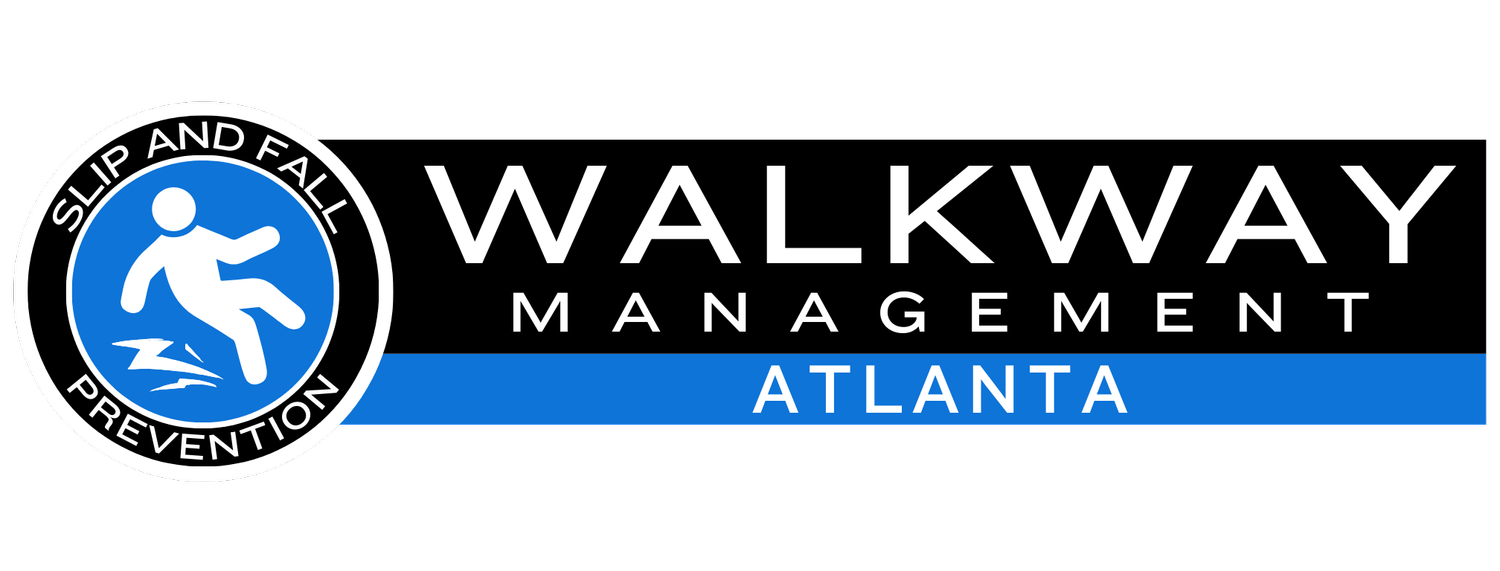The ASTM C-1028 Scam
There are a massive amount of products on the market that have been claiming they are slip resistant based on a test that has been widely discredited.
Many manufacturers are using this test to show slip resistance because they know they can’t show it through the proper testing!
The purpose of this article is to bring awareness to one of the most destructive tests and biggest scams in Floor Safety!
The ASTM C1028 Friction Test has been withdrawn since 2014! Yet, many companies continue to test their products with this test! We’ve come across products from manufacturers that use this test knowing fully that the test is a fraud.
Floor safety experts nationwide and internationally, have considered this test to be a joke for many years! Yet this joke continues to be no laughing matter since companies keep sending their products to be tested using this outdated, withdrawn scam of a test!
Don’t just take our word for it, the Ceramic Tile Institute of America explained the weakness of the C1028 test in 2001!
The C1028 test measures the amount of force needed to overcome friction of a 50-pound stationary object! It is attempting to look for the Static Coefficient of Friction. Basically, what amount of force is necessary for a 50-pound object to slip while standing still. Yes, you read that correctly, what this test is determining, is what amount of force it takes for someone, who is standing motionless, to slip. I don’t know about you, but I don’t remember the last time I slipped while standing completely motionless!
This is one of the major reasons the test was withdrawn! It is not based in reality or in science. No one slips while standing still! A slip occurs when someone is in motion. Therefore, the correct test method should be one that is testing for the Dynamic Coefficient of Friction.
To give you a better understanding into the deceptive nature of the ASTM C1028 test, I’d like to share a true story with you.
A few weeks ago, we visited a pool deck in Miami that experienced six slip and falls within two weeks. The City of Miami, unknowingly, was asking that the pool deck be above a .60 Static Coefficient of Friction. We explained that the Static Coefficient of Friction is useless and that it is not an appropriate reading! But just to humor them, we tested the floors for them to get a baseline before any treatment.
The Dynamic Coefficient of Friction reading was in the low .40s and the high .30s. The ANSI A326.3-21 recommended DCOF is .55 or higher. Obviously, the DCOF levels we tested were consistent with reality. Six slip and falls within two weeks should tell you that it’s not a safe floor! We also tested for the Static Coefficient of Friction… which ended up being a .80 SCOF. A completely misleading reading!
Imagine if we were to test only for SCOF… we would claim that the floors are slip resistant, when in fact, six people would beg to differ! The SCOF is a useless measurement for floor safety!
Walkway Management South Florida strongly recommends that you do not use the ASTM C1028 test method to evaluate slip potential. We also recommend that if you see the C1028 test method on any TDS sheet, ask the manufacturer to provide a ANSI A326.3-21 test method. You will be surprised how many products that passed the c1028, fail the ANSI A326.3-21 test.
If you wish to schedule a slip testing for your facility or product, feel free to contact us!

